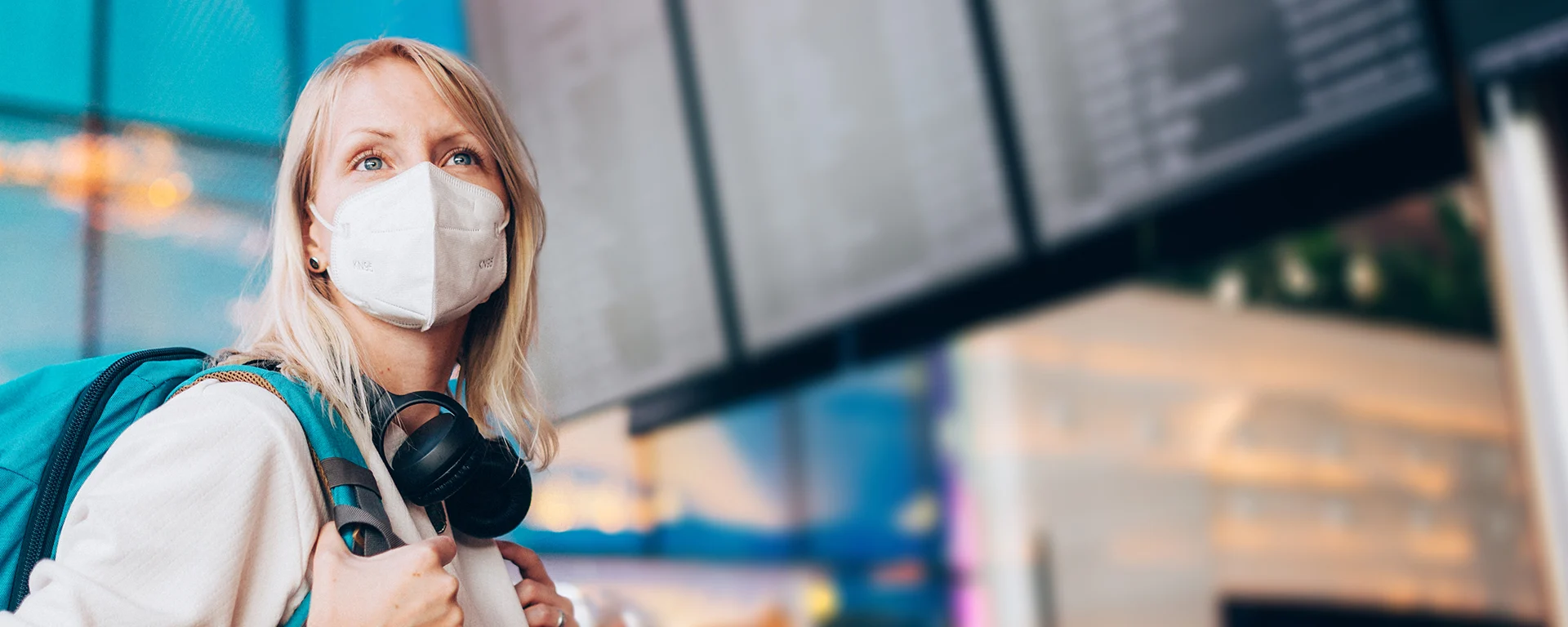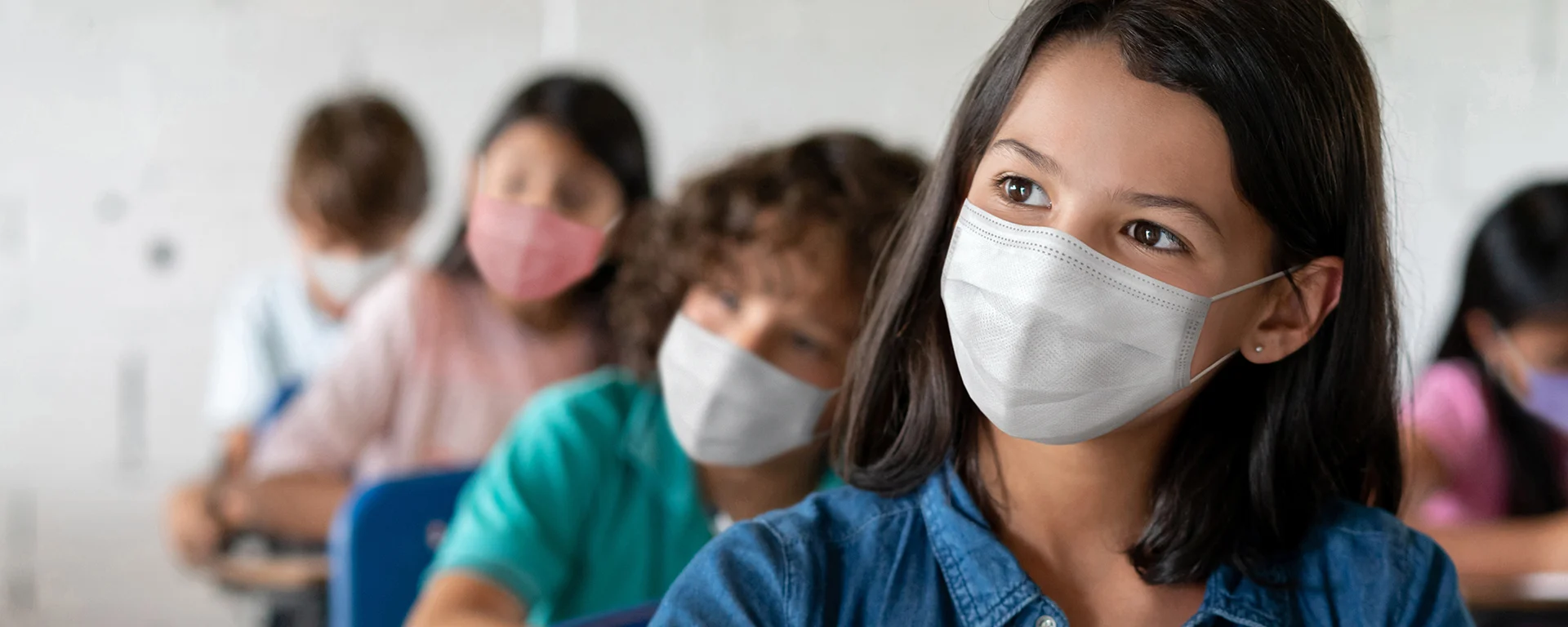When Remote Staff Come for a Visit
Visiting the office is a little more complicated now than it used to be.
December 2022: Whenever you test yourself for COVID at home — whether you’re positive or negative — you should report your result. The results are kept private and anonymous. Every test that gets reported helps public health teams better understand where outbreaks are happening, so they can get help to people who need it.
In 2019, I was already a remote employee… mostly. For three weeks each month, I worked from my home office. But once a month, I traveled from California to Massachusetts to spend a week face-to-face with my colleagues. The idea was that I would schedule this visit around important meetings and events and use the week to strengthen in-office relationships.
As a result of the pandemic, many more companies are allowing workers to be partially or fully remote. But even employees who work remotely nearly all the time might have a reason to visit the office — for employee orientation or reviews, professional development activities, an all-staff or department meeting, the kick-off or critical juncture of a project, or a company celebration. Whatever the reason, there’s now more to think about when planning an office visit, because no one wants a staff gathering to become a superspreader event.
Masking
Even if mask wearing is no longer required at the office, having masks (preferably KN95, KF94, or N95) readily available, and reminding staff that the organization still welcomes and encourages their use, may inspire more to adopt them. If the number of visiting staff will make the office much busier for a short period and COVID-19 levels in your geographic area are concerning, it may be wise to reinstate a temporary mask mandate indoors.
Is there enough space?
If remote staff will work from the office while they visit, are there enough work stations for everyone? Open floor plans were all the rage for a while, but in the wake of COVID-19 they’re less than ideal, especially if they put a lot of people close to one another. If your office has unused conference rooms or offices, or a library, courtyard, or terrace, offer those areas as workspaces so folks have the option to move away from a coughing colleague.
Finally, consider whether kitchens and break rooms accommodate enough people. Encourage the use of available outdoor spaces for meals or breaks, when weather permits.
Ventilation
A crowded meeting room never fostered the best engagement, but it’s even more problematic now. Use a portable CO2 monitor or this online calculator from the Harvard T.H. Chan School of Public Health to let you know whether ventilation is adequate when the room is full — CO2 levels should be no more than 800 ppm. If the room isn’t getting enough fresh air, you can open windows (if possible) and place a small fan in the window facing out. That will increase air flow — especially if you open an interior door, as well. This thread from Professor Cath Noakes, from Leeds University, has more details on small ventilation improvements like these that can really help.
If opening windows isn’t possible, you can add a HEPA filter to the room to keep the air cleaner. If that’s not an option and your ceilings are high enough, UVGI units are another available choice. They kill viruses that rise up in the warm air that people breathe out.
Travel Safety
If your remote staff are still local to the office, they may contend with no more safety issues than your daily office commuters. But if remote workers are farther away, potential exposure on planes, trains, or long-distance buses creates additional COVID-19 risk for both the travelers and everyone they come into contact with at the office.
To decrease that risk, employers might consider requiring workers to take a test at home before traveling and either provide the tests or reimburse employees for the cost. In making this determination, consult the most recent guidance from the EEOC to determine whether testing mandates are permitted and appropriate. Employers should also clearly communicate that it’s better to stay home than potentially bring an infection with them. But what about preventing employees from catching something while in transit? While masks are no longer required on public transportation in the US, employers can ask (or require) that those engaging in business travel mask up. While this is difficult to enforce, one can hope that a shared commitment to keeping the workplace safe would encourage compliance at least on the inbound route.
And last but not least, if you aren’t doing so already, stock the office with a supply of over-the-counter tests so that if someone exhibits symptoms they can test right away. It’s also in employers’ best interest to be familiar with the nearest location to get an expedited PCR test, so they can refer visitors in need. You brought your team all the way to the office. Find out fast whether they can stay or need to go.
Travel Policy, Procedures & Training
Companies new to offering remote employment might need to create or refine travel policies to address office visits. I was already a frequent business traveler before going remote, but those who weren’t will also need travel training. And of course, workplaces must consider what happens if an employee becomes symptomatic or tests positive for COVID-19 while visiting the office (or otherwise traveling for work). It may ease minds to know that the company will cover reasonable costs of an extended stay and facilitate certain support measures (like delivering staples such as meals, toiletries and COVID at-home tests to their hotel).
Does it really need to be in person?
With all of this said, you may want to think again about whether the benefits of an office gathering outweigh the risks or justify the measures you might take to reduce them. If the answer truly is yes, a few additional measures can help any workplace reduce the COVID-19 risk, including those expecting an influx of visiting staff:
Establish a vaccine requirement for the office (and make sure remote employees have complied before visiting).
Post max capacities on enclosed spaces like meeting and break rooms to avoid a crush of people in a small space all at once.
Implement contact tracing. If someone tests positive, having a process pre-arranged to trace their contacts will make it faster and easier to inform those colleagues at greatest risk.
Planning a celebration or a team building activity? Do it outdoors or at an indoor-outdoor venue with excellent ventilation.






